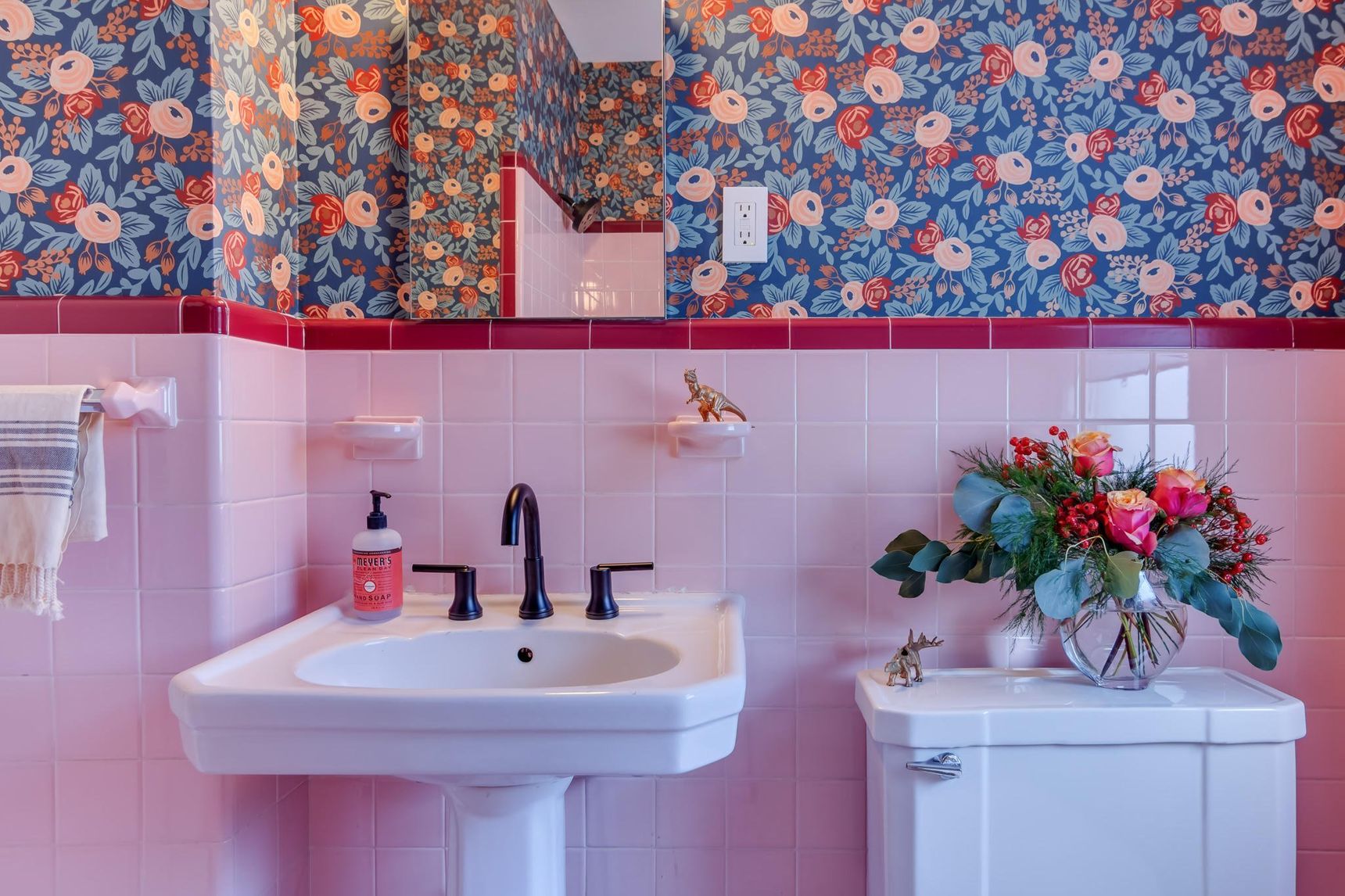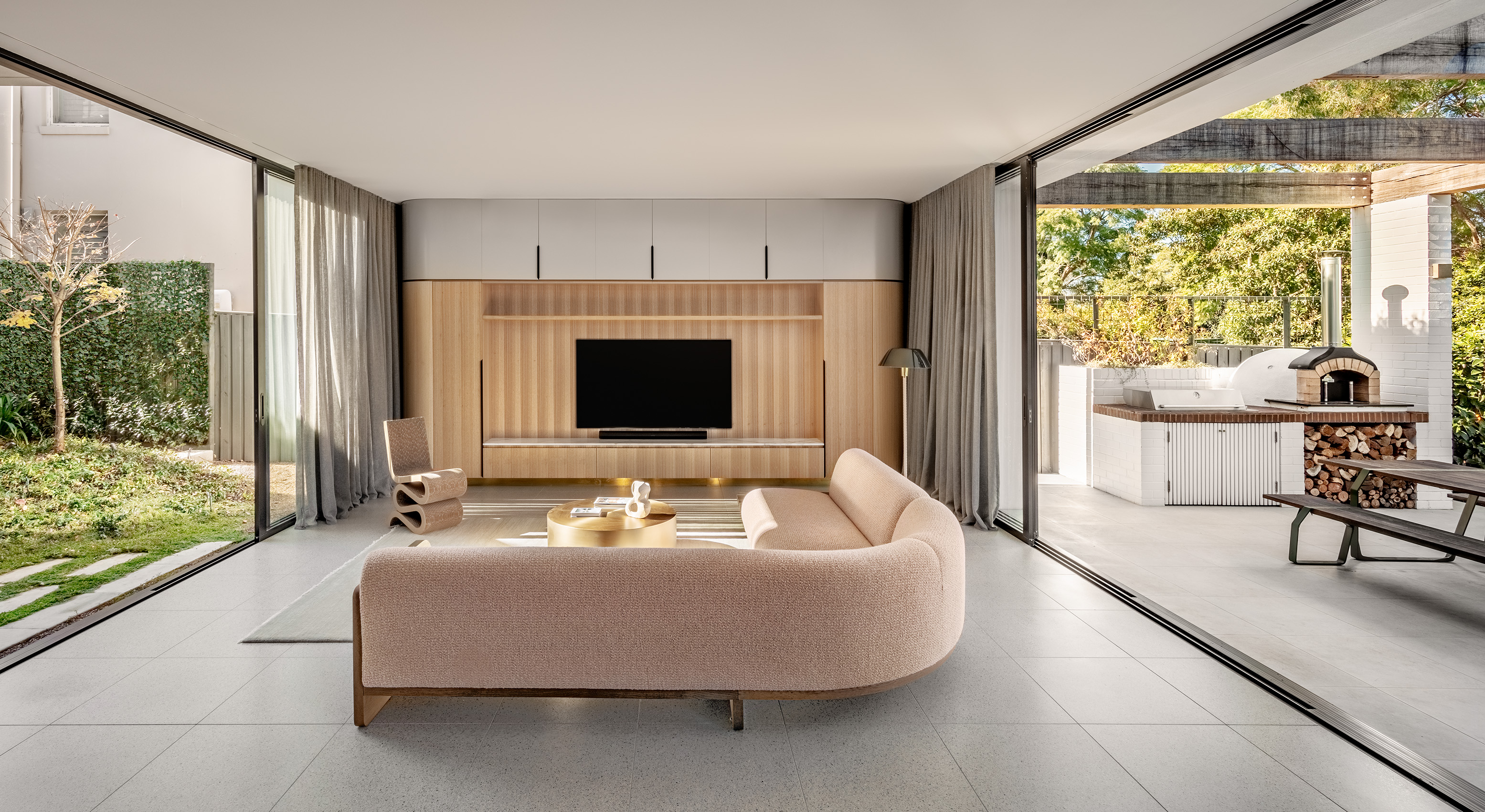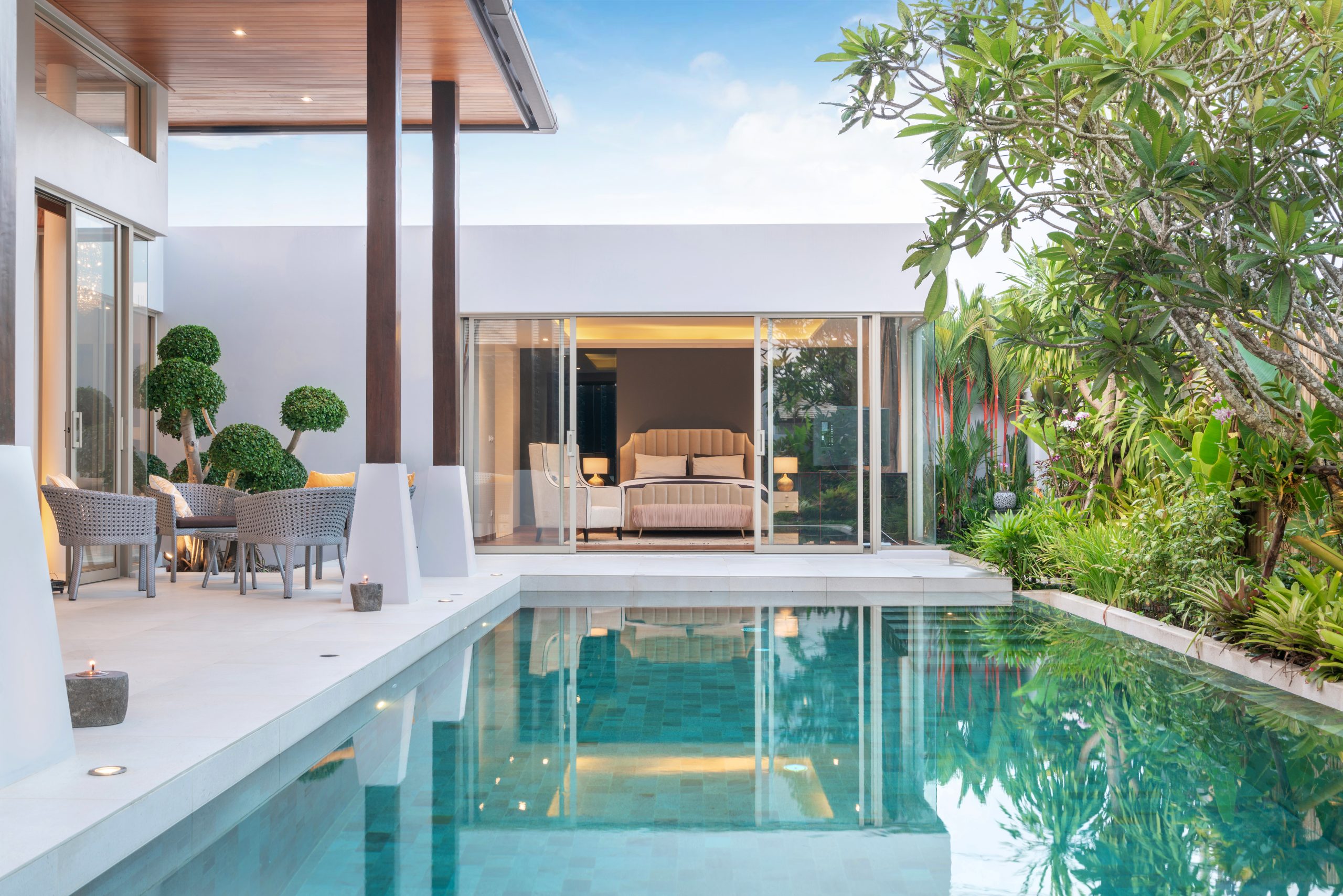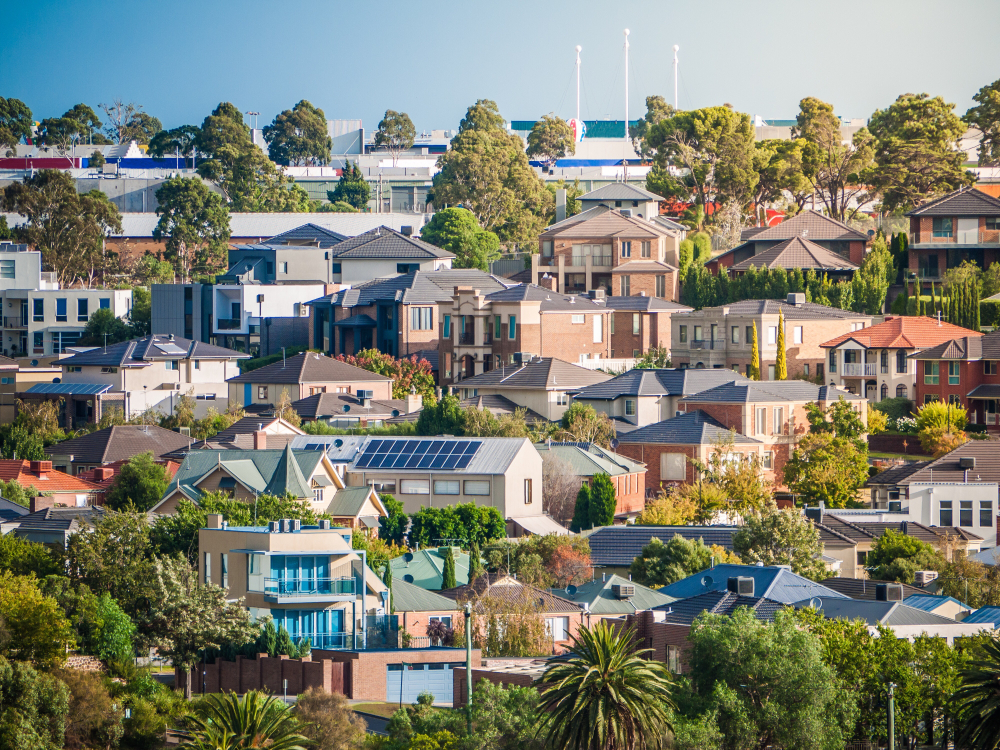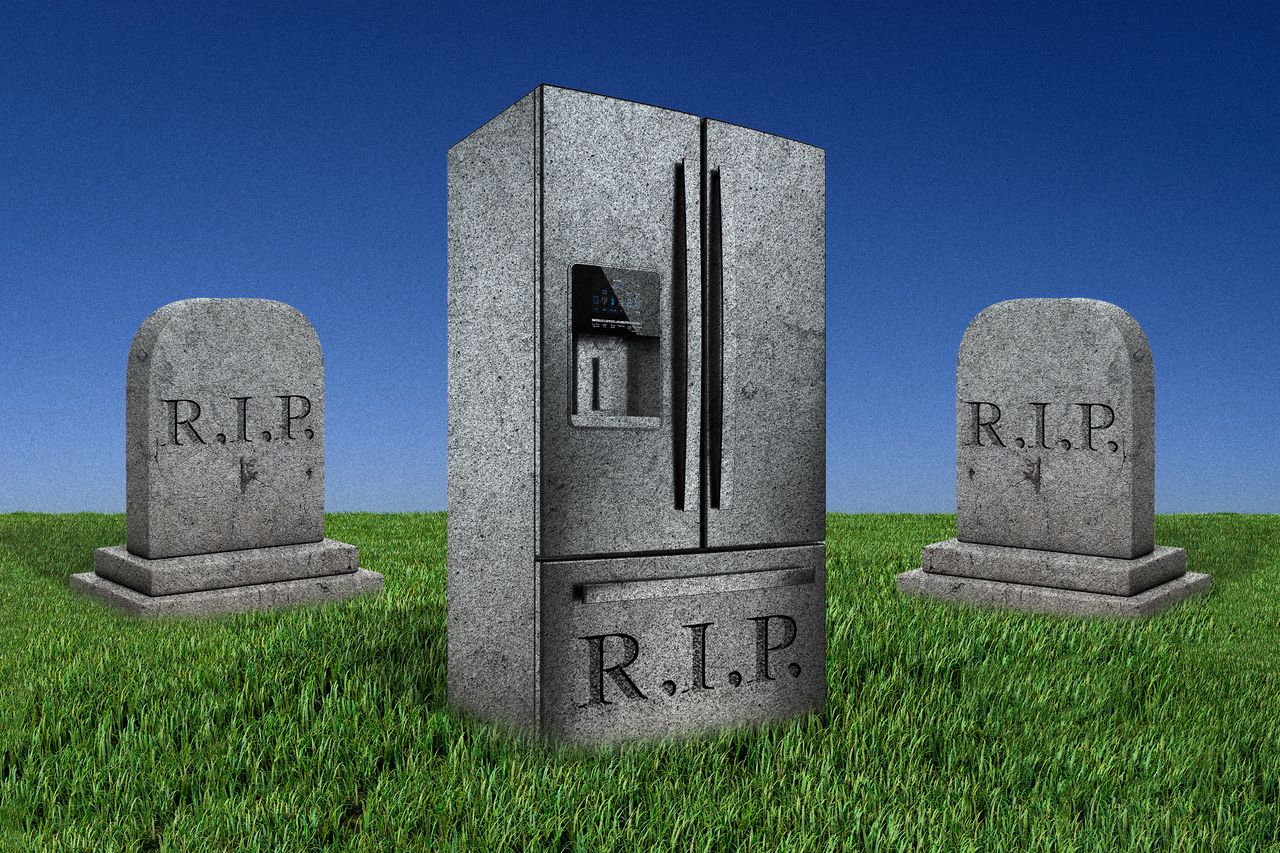Considering a Bathroom Remodel? Read This First.
Reasons to preserve the colourful fixtures and quality tiles of the 1920s to the 1960s.
THIS MONTH I finally got to realise a lifelong dream: to spend some quality time in my friend Joan’s exquisite bathroom.
Joan’s bathroom was not one of those modern, faux-California spas with a Japanese soaking tub, an infinity-edge sink and a toilet so smart it could do the crossword puzzle for you.
Instead, the bathroom in her prewar apartment on the Upper West Side of Manhattan had an old-fashioned pedestal sink, black-and-white floor tile and a white marble bathtub—circa 1912—in which you could comfortably execute a dead man’s float.
In other words, Joan’s lavatory was a museum-quality example of why you should do your best to preserve original, classic décor. Or it was, until my husband emerged from this historical sanctuary one afternoon clutching the remnants of a polished-nickel toilet paper holder.
“It just fell off the wall,” he said, stricken. He cradled the broken, swing-arm paper holder as if it were a dead sparrow. “It wasn’t my fault.”
“Maybe we could hide it under the bed,” I said.
“I can probably fix it,” he replied, and wandered off to Google “Can you glue vintage polished nickel?”
I adore well-preserved 20th-century bathrooms, but sadly, they are an endangered species. As they age, they develop problems. Tile cracks. Grout molds. Chrome pits. Midcentury toilets in splendid colors like “Mamie Eisenhower pink” leak. Toilet paper holders fall off the wall. Most new homeowners won’t wait for fixtures to fail; the bathroom is often the first to go.
It’s a shame, because every time that happens we lose a little bit of our collective history, not to mention quality bathroom time.
As I called around in search of insights into our TP-holder dilemma, I discovered other vintage lav lovers like me.
“When my realtor and I walked into this 1956 house with an original, pink bathroom, he said, ‘Of course, you’ll want to rip all this out.’ I decided right there I wanted to buy the house—to save that bathroom,” said Sarah Smith of Burgaw, N.C. “The idea of someone tearing it all out broke my heart.”
Ms. Smith, who bought her home a few months ago, said the bathroom was in such great shape it seemed unused. Best of all? There was another pristine vintage bathroom in baby blue.
There are apparently enough people like me and Joan and Ms. Smith to support a thriving business, called This Old Toilet, in Los Altos, Calif. Gary Tjader, who launched the company in 2003, sells both replacement and reproduction toilet seats, tanks, lids and other parts. The venture was a pivot from his grandfather’s wholesale plumbing supply business, founded in 1933.
Aficionados of antique toilets are not rare. “I get calls all the time from people looking for old toilets,” Mr. Tjader said. “But I tell them they’re hard to find.” As we chatted, I realized my friend’s vintage toilet-roll-holder wouldn’t be easily replaced.
“It’s pretty hard to find an exact match, especially if you’re chasing a particular color or brand,” Mr. Tjader mused. He added, “Every metropolitan area has a salvage yard somewhere, and you can go hunting.”
I tried another source for vintage bathroom fixtures and accessories: Retro Renovation, a website run by midcentury design enthusiast Pam Kueber, which offers advice to homeowners who want to remodel in a style authentic to the original. Articles on the website cover such topics as where to buy retro-colored wall and floor tile (including 34 sources), terrazzo shower pans and Formica countertops.
One of Ms. Kueber’s passions is a quest to preserve pink loos, pursued via a website called Save the Pink Bathrooms. There, one can read about this rampant midcentury trend, which began when Mamie Eisenhower put a pink pissoir in her Gettysburg, Penn., home. “Her bathroom was pink down to the cotton balls,” Ms. Kueber wrote on the website. “She redecorated the private quarters in the White House in pink.”
If only I were looking for a pink paper holder. “What if you can’t find original, vintage replacement parts for a bathroom?” I asked.
“You can find new things that will re-create the style of the era,” said Ms. Kueber. “The important thing, if you have an architectural jewel of a vintage house, is to stick with the original style.”
Interior designer Madeline Stuart specializes in bathroom remodels in Los Angeles that replicate the style of the era when a house was built. “Anyone can remodel and do a Four Seasons bathroom in beige travertine and limestone, but I like doing something a little more fun. I like to tile a bathroom in pink and black. Also purple and black.”
Her favorite techniques for re-creating a period look? “Super, super tight grout joints between tiles,” she said. “Hexagonal tile on the floor. Also, arched shower doorways or a tub set into a niche creates a very period look.”
In Ms. Stuart’s own 1930s Spanish Revival house she has two original bathrooms. “In one,” she said, “the pedestal sink is dusty pink, and it’s only 30 inches high, so my husband, who is six foot four, has to fold himself in half to use it, and there’s not a single electrical plug because there was nothing to plug in in the 1930s. I guarantee the person I someday sell the house to will rip out those bathrooms first thing. But I don’t have the heart to do it.”
While I was talking to Ms. Stuart, I saw my husband walk past with a tube of glue—he had just returned from a hardware store—and head into the bathroom.
A few minutes later, he emerged triumphant. “I think it’s going to hold,” he said.
He was right. The solution worked so well that a couple of days later I felt confident enough to confess everything to Joan.
She laughed.
“That’s a new toilet paper holder,” she said. “When I redid the bathroom, I tried to be true to the spirit of the building. But the only thing in the bathroom that is original is the tub.”I have to confess. This made me a little sad. On the other hand, I’m really glad we didn’t break the bathtub.
Reprinted by permission of The Wall Street Journal, Copyright 2021 Dow Jones & Company. Inc. All Rights Reserved Worldwide. Original date of publication: August 17
 Copyright 2020, Dow Jones & Company, Inc. All Rights Reserved Worldwide. LEARN MORE
Copyright 2020, Dow Jones & Company, Inc. All Rights Reserved Worldwide. LEARN MORE
This stylish family home combines a classic palette and finishes with a flexible floorplan
Just 55 minutes from Sydney, make this your creative getaway located in the majestic Hawkesbury region.
Futureproof your home and maximise your return with design directions that focus on contemporary ways of living
Looking to build, or renovate, a home in 2024? You’re not alone. According to a recent study from Resolve Finance, over a third of Australian homeowners are planning to renovate their current properties in the next 12 months. And if the Federal Government achieves its ambitious goal of delivering 1.2 million new dwellings over the next five years, there will be many new home owners looking to build their dream home in 2024 and beyond.
But before tackling such a behemoth task, considering all the latest—and future—architectural trends is pivotal in your new build’s success. Award-winning architect and interior designer, Georgina Wilson said sustainability will be at the forefront for many interested in energy efficiency and saving money on power bills.
“Elements of passive design are moving into the mainstream. Improvements in the technology with double glazing, building wrapping and insulation are meaning that more people have access to these materials,” Ms Wilson said. “Solar has proven itself and homeowners are now looking for other ways to make their home more efficient.”
The following eight trends reflect a growing emphasis on sustainability, flexibility, and wellbeing in residential architecture, catering to the evolving needs and preferences of homeowners in 2024.
—
1). Consider your colour palette
The colours you use say everything about the type of spaces you want to foster, whether they be bright and warm, dark and moody, neutral — the list goes on. If we’re looking to trends, earthy, calming neutrals are in — think brown, beige and eucalyptus green. Colours that feel natural and soft, but welcoming provide an inviting environment that’s easy to live with.
However, interior designer and stylist, Jono Fleming said contrast is important to create interest and one of the most powerful ways to do this is through colour.
“It doesn’t have to be a big splash of colour, it could be introduced through smaller decorative objects, a statement furniture piece or an artwork, but the colour should add balance to the space,” he said.
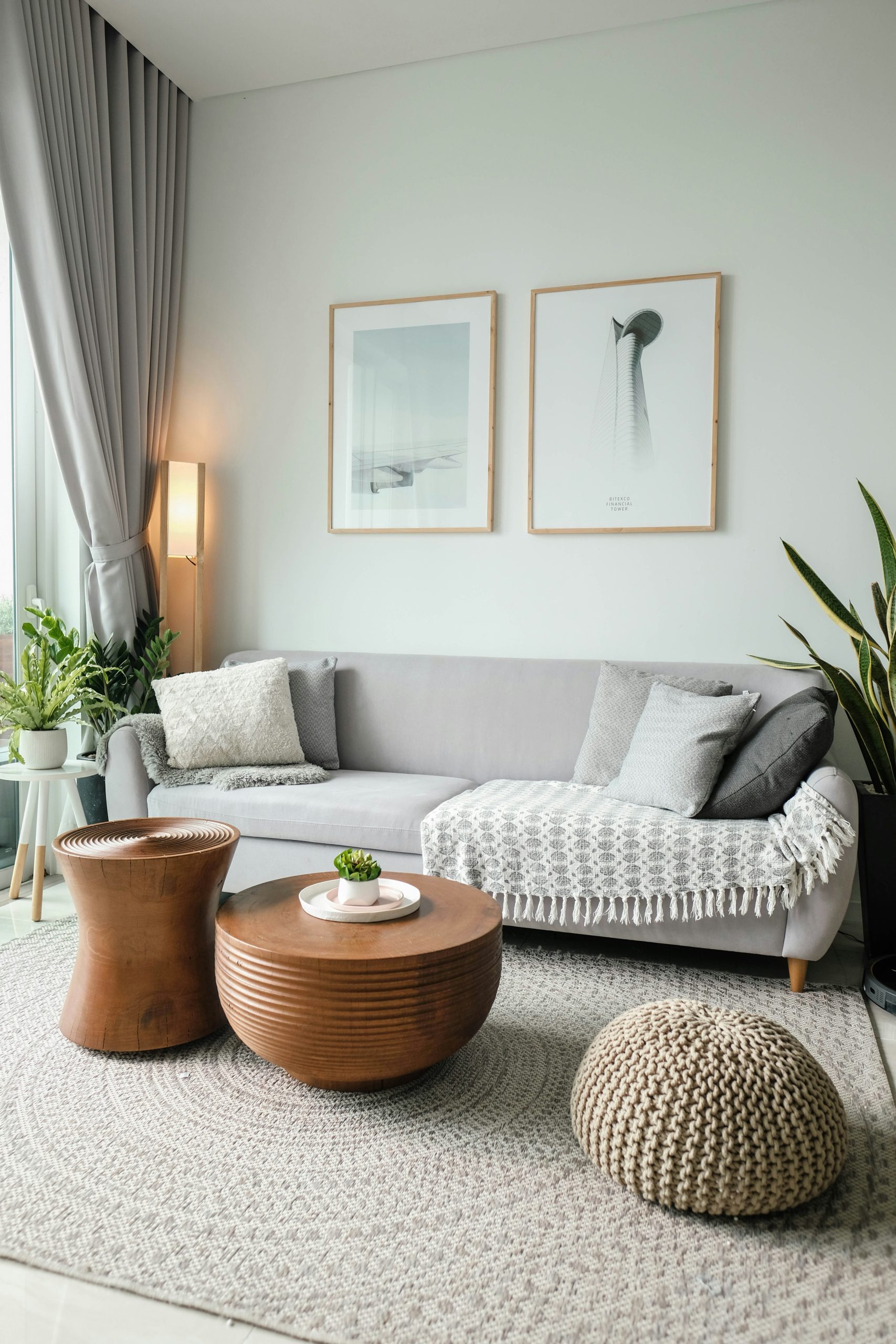
2). Modern, outdoor living areas
Ever since the COVID pandemic and subsequent lockdowns, expanding living spaces to the outdoors has gained in popularity. Features like plant-filled front porches, outdoor kitchens, fire pits, and cosy seating areas create inviting spaces for relaxation and entertainment for all family members.
“There has definitely been a greater appreciation for outdoor living spaces since COVID,” said Ms Wilson. “Outdoor fabrics and mechanisms for shading have greatly improved in recent years allowing people to fully embrace seamless indoor/outdoor living.”
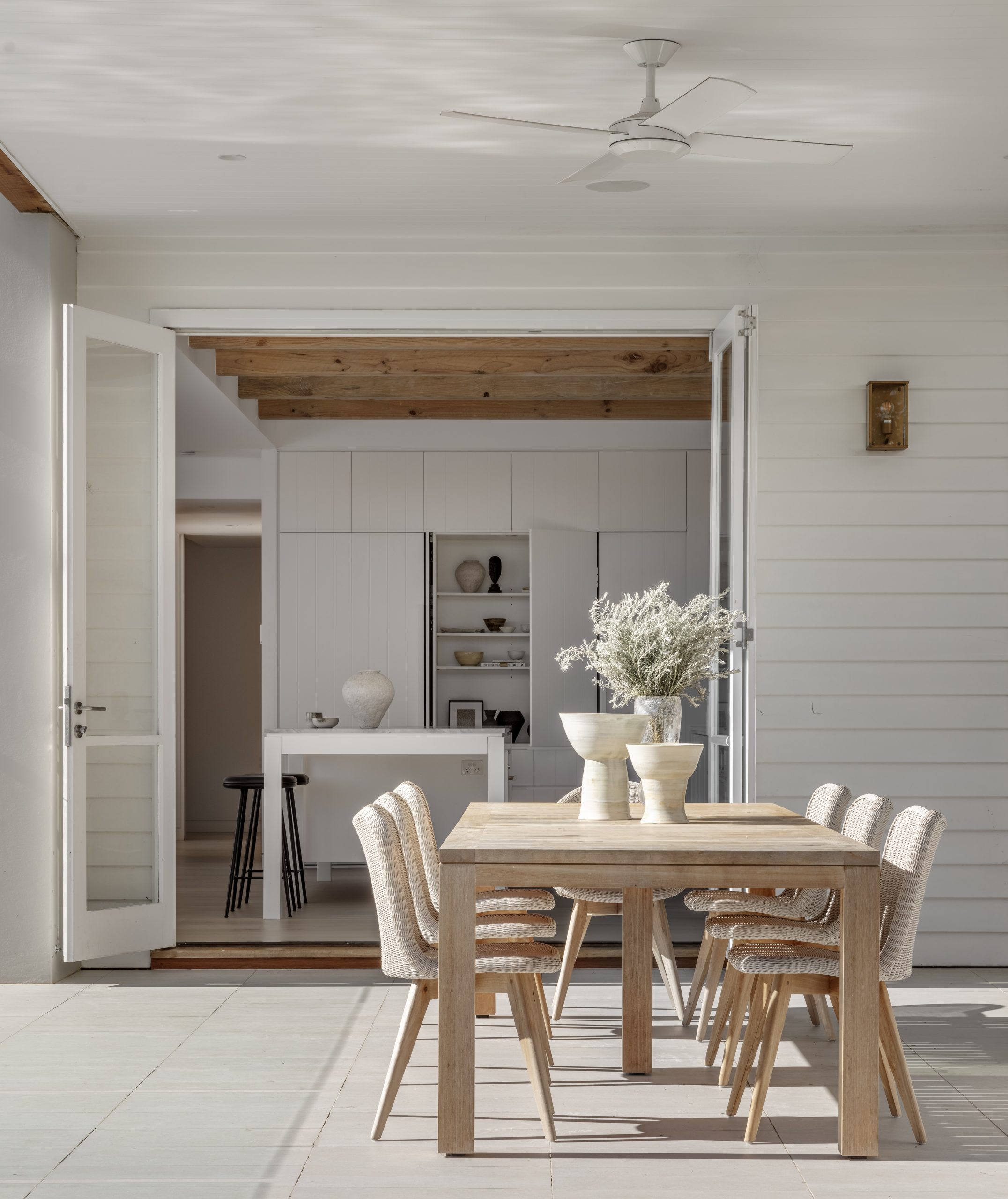
3). The integration of smart technology
Integrating smart home technology throughout your home continues to gain traction with homeowners. As we increasingly look to rely on technology to make our lives all the more seamless, smart technology throughout allows homeowners to control a variety of tasks and zones remotely, enhancing convenience, security, and even energy efficiency. This can include controlled heating and cooling from your phone, automatic lightning, voice control commands, and more.
“The technology for seamless appliances has come a long way. At Salone del Mobile Milano this year, we experienced the new Gaggenau fully integrated induction bench top, which in terms of kitchen design, is a huge advancement,” said Ms Wilson.
Gaggenau, the German manufacturer of high-end home appliances, is at the forefront of smart home technology, paving the way for intelligent cooking appliances that learn and adapt to user preferences. Gaggenau’s essential induction cooktop, the functional and seamless cooking surface Ms Wilson speaks of (pictured below), is designed to be “seamlessly integrated into a kitchen’s worktop”.
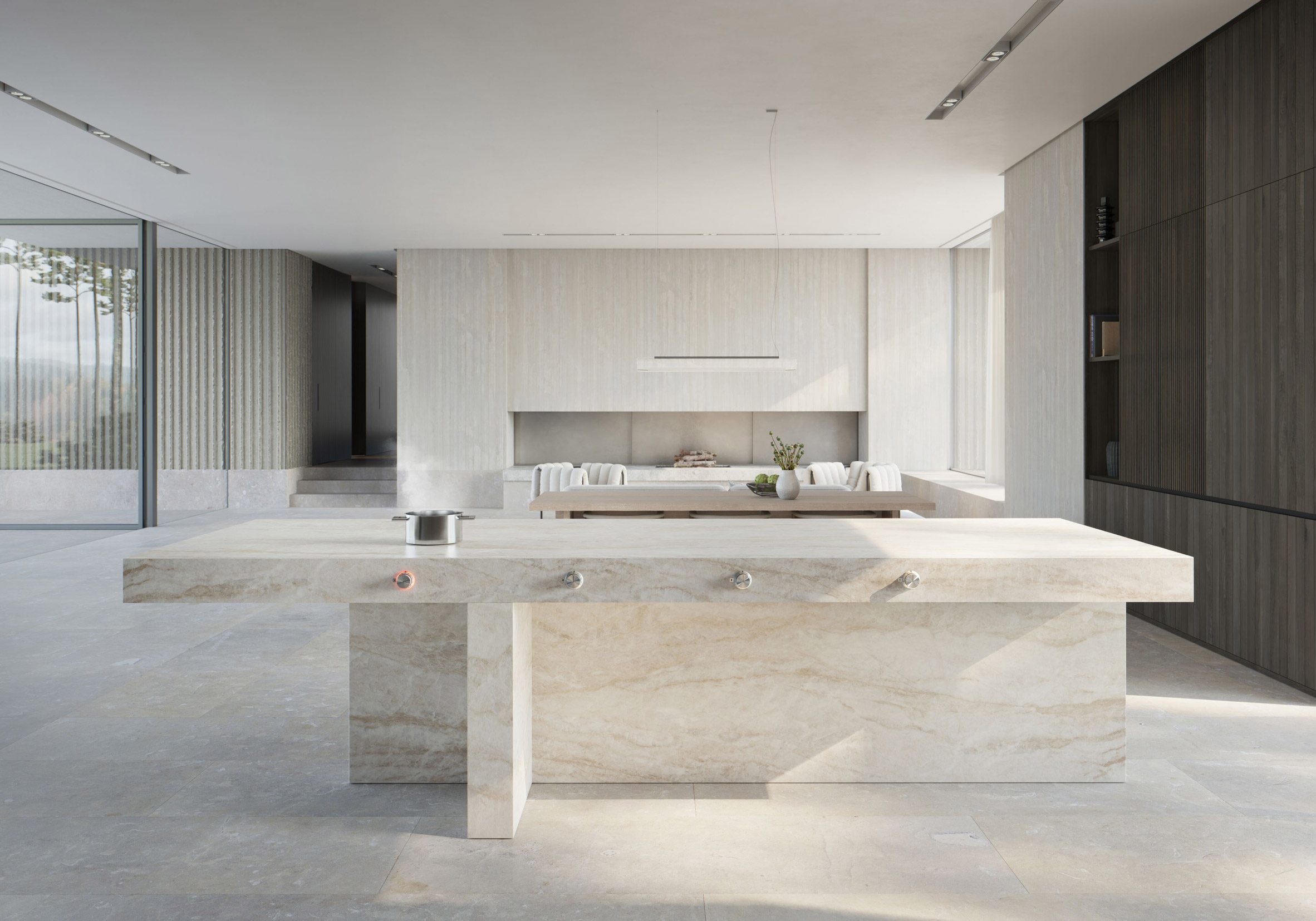
4). Health and wellness features
Prioritising health and wellness in 2024 is paramount, and home design that can include features like air purification systems, dedicated exercise spaces, recovering hubs—like saunas and ice baths—and relaxation areas to support physical and mental wellbeing will go a long way in not only adding value to your home, but providing a space that is architecturally on-trend and with the times.
“I’m seeing a lot of demand for in-built saunas, both traditional and infrared, particularly in the homes of our US clients,” said Ms Wilson.
“Bathroom suppliers such as Kohler, Duravit and Toto are offering increasingly sophisticated products that incorporate an almost spa-like experience in your at home bathroom. Examples of this are fantastic multi-nozzle showers and steam showers, Japanese toilets incorporating bidet technology, and elegant and serene bathroom furniture that can be fully customised for clients.”
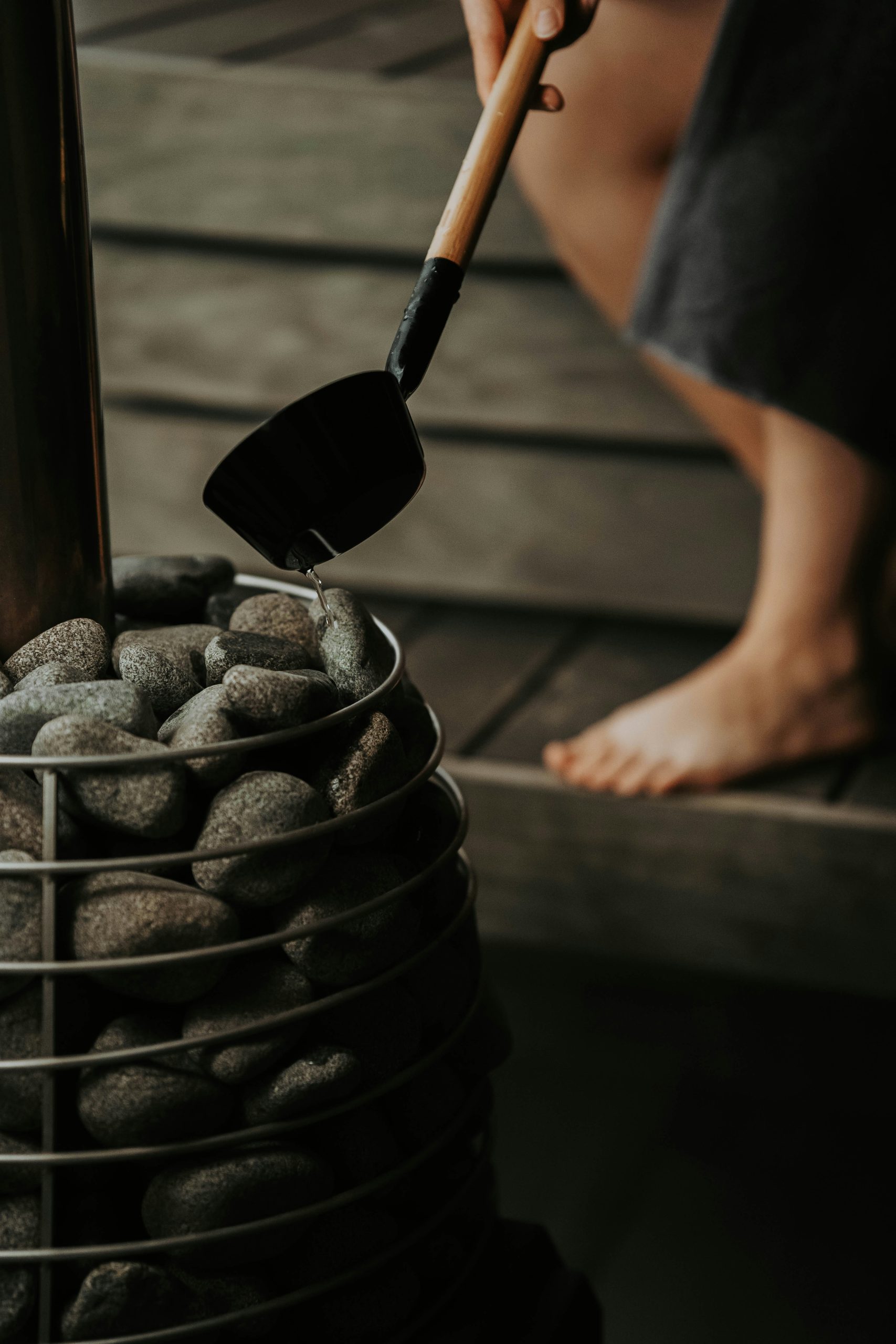
5). Sustainability is key
A common goal among homeowners and future buyers alike is to own a property that is flexible enough grow with them. Futureproofing your home with sustainable measures will not only ensure its longevity, but it will help homeowners to play their part in addressing their carbon footprint.
“The current cost of living crisis is leading to a lot more multigenerational living, meaning families are prioritising durable materials and sustainable power sources, like solar,” said Ms Wilson.
Consider adding solar panels to your home, utilising sustainable materials in any upcoming renovations or builds, like recycled timber, and utilising energy-efficient lighting throughout your home.
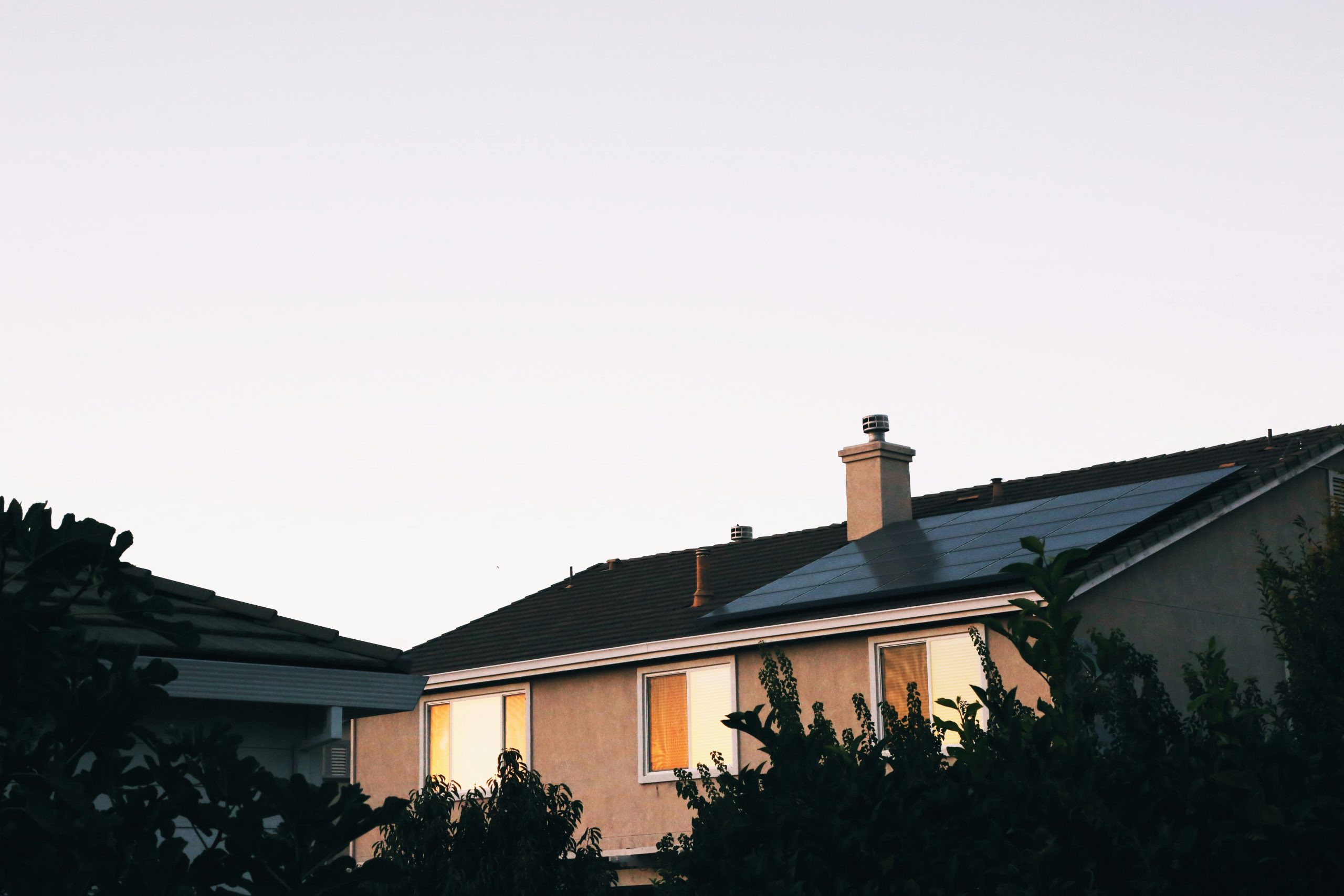
6). Minimalist design
Do as the Scandinavians do – introduce minimalist design into your home. Embrace simplicity and clean lines with a focus on interior design. Decluttering in main living spaces is surprisingly effective. Adopting the approach of ‘Swedish Death Cleaning’, which essentially involves slowly ridding your house of unwanted or unused items once you reach the other side of 50, will also help you whittle your possessions down to the beautiful and the necessary.
Minimalist design in home appliances is also making a resurgence in 2024 according to Ms Wilson.
“What I’ve been interested to see at Salone del Mobile Milano in 2024 is a huge return to stainless steel finishes, and more and more seamless integration of appliances,” said Ms Wilson.
“We’re seeing timeless materials in reimagined applications: copper baths and stainless steel basins are emerging trends with the potential to be timeless. These materials are so practical, and pair beautifully with natural stone and timbers.”
Above all, maximising different spaces through efficient and effective storage options will also do wonders in achieving that minimal aesthetic.
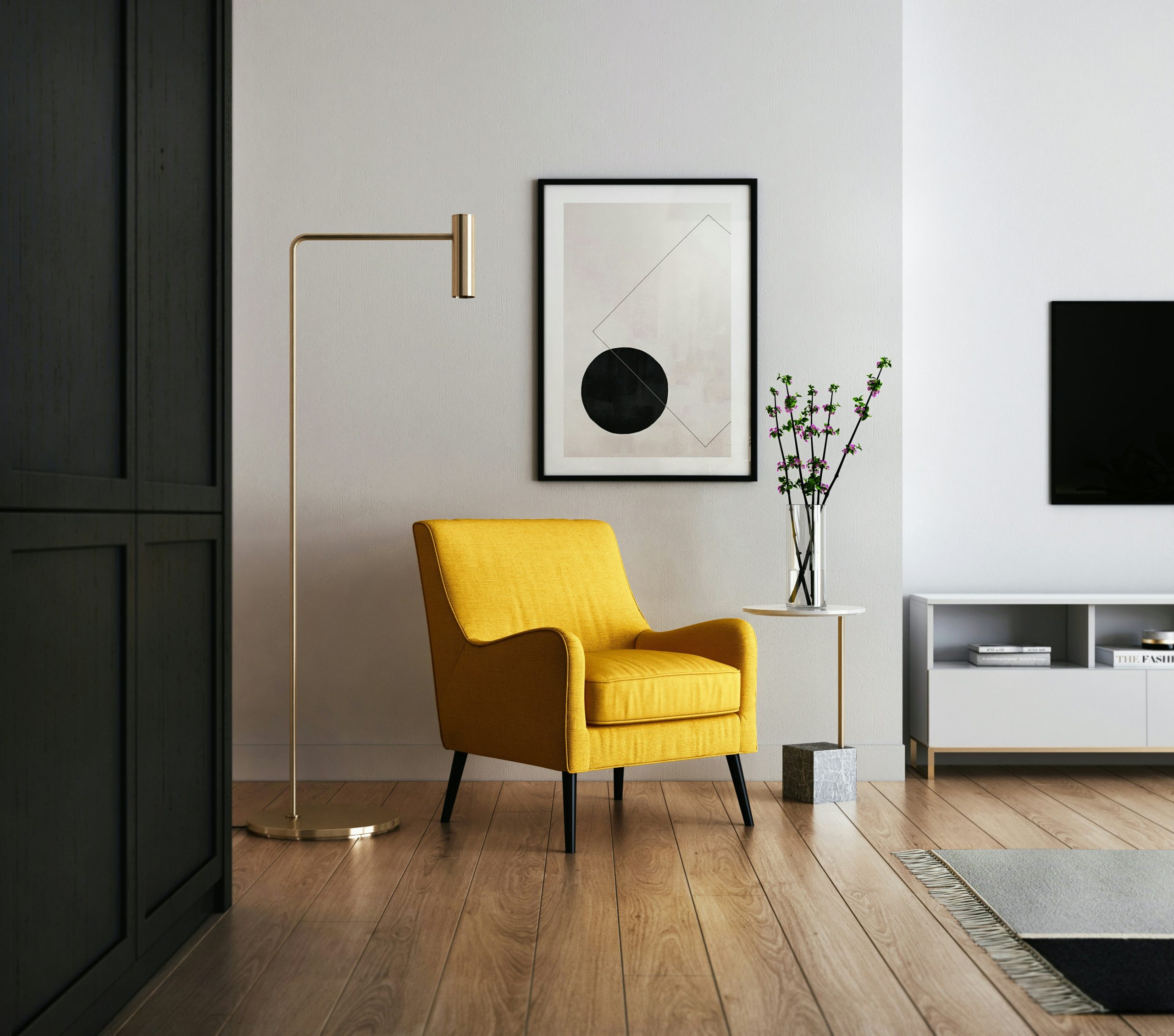
7). Multifunctional spaces
As we move towards greater efficiency of space, it’s useful to consider multifunctional spaces throughout your home. In 2024, we are seeing more homes incorporate multifunctional spaces and trends. This includes using multifunctional furniture in main bedrooms or living spaces—furniture that can act as storage ottomans or convertible sofa beds—as well as transforming wasted space, and open up indoor to outdoor living.
“Multifunctional spaces in homes are a great idea. Particularly in small homes, it makes a lot of sense to achieve maximum value out of the limited space available. The way you use a space can change as your family evolves over time, so it’s always good to design in such a way that allows for flexibility,” said Ms Wilson.
“Make sure that the functions you allocate to a single room are compatible with the space available and each other. For example, it works really well to combine a living room, a dining room and a kitchen in one open plan space because these are all public, lively spaces. It doesn’t work very well to combine, say a study, with these spaces because you will want control over the visual and acoustic privacy in a study.”

8). Think about biophilic design
A buzz word among architects and interior designers, biophilic design is one of the strongest trends in 2024 thanks to its benefits in garnering a sense of harmony and connection between your home and the environment. Consider incorporating natural elements into home design, such as large windows to maximise natural light, indoor gardens, and natural materials like wood and stone.
“Biophilic design is a timeless principle, in that home design should connect people in a positive way with their natural environment by maximising access to, and the ability to control, natural light and ventilation, which really helps to create an enjoyable (and healthier) environment to live in,” said Ms Wilson.
“Increasingly, there is a demand for this positive relationship to the natural environment; by leaning on the principles of biophilic design, you can create a haven and retreat at home that can help with the daily stresses of life.”
Ways to foster that indoor-outdoor connection can be through the addition of smaller internal courtyard spaces filled with greenery, or incorporating indoor plants and adding greenery into different rooms throughout your home.
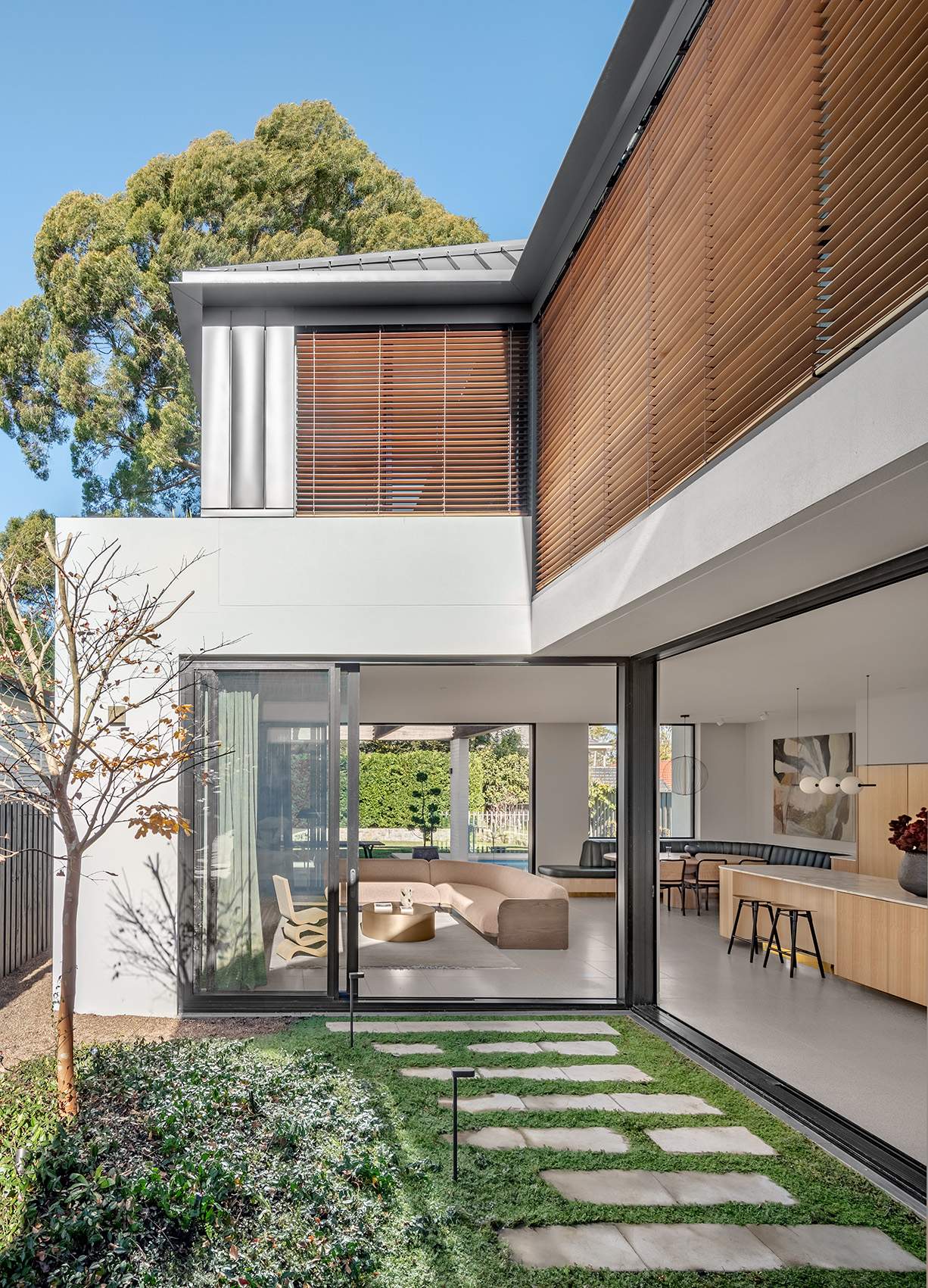
—
Consumers are going to gravitate toward applications powered by the buzzy new technology, analyst Michael Wolf predicts
Just 55 minutes from Sydney, make this your creative getaway located in the majestic Hawkesbury region.









